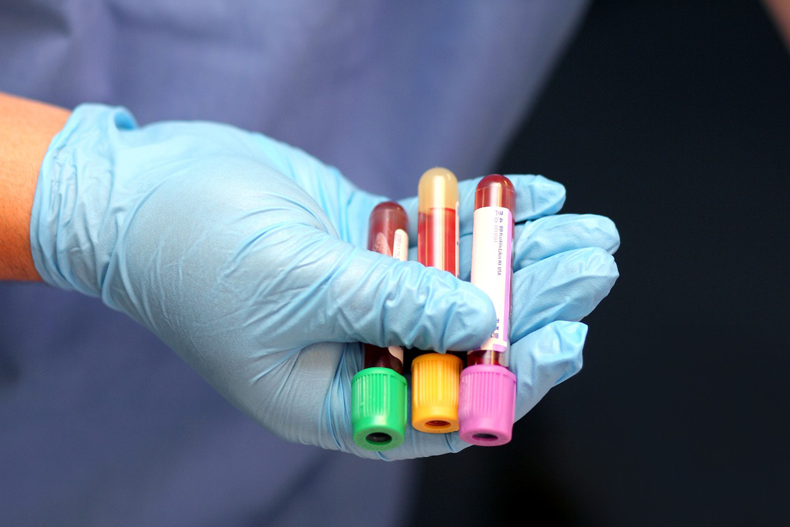Master the Phlebotomy Exam: Top Questions & Answers You Need to Succeed
Are you preparing to take the phlebotomy exam and feeling overwhelmed by the material? You’re not alone! The journey to becoming a skilled phlebotomist is filled with crucial knowledge and practical skills, and understanding the exam format can definitely help you on your path to success. This comprehensive guide will cover the top questions and answers you need to ensure you’re well-prepared, alongside practical tips and benefits to bolster your studies. Let’s dive in!
Understanding the Phlebotomy Exam
The phlebotomy exam is a critical step in obtaining certification as a phlebotomist. Certification varies by state and organization but typically includes:
- Multiple-choice questions
- Practical assessments
Much of the exam will revolve around the following core competencies:
- Understanding anatomy and physiology
- Knowledge of hematology and blood collection processes
- Familiarity with laboratory procedures and safety protocols
Top Questions and Answers for the Phlebotomy Exam
Below are some frequently encountered questions along with in-depth answers to help you grasp essential concepts.
1. What is the primary purpose of phlebotomy?
The primary purpose of phlebotomy is to collect blood from patients for testing, transfusions, donations, or research. It helps in diagnosing medical conditions and monitoring health status.
2. Describe the anatomy of the veins.
Veins are blood vessels that carry blood toward the heart.They have three main layers:
- Intima: Smooth inner layer
- Media: Middle muscular layer
- Adventitia: Outer layer providing structure
3. What equipment is essential for phlebotomy?
The following equipment is critical for blood collection:
- Vacutainer tubes
- Needles (various gauges)
- Tourniquet
- Alcohol wipes
- Gauze and bandages
Benefits of Becoming a Certified Phlebotomist
Obtaining certification as a phlebotomist not only enhances your credibility but also comes with numerous benefits:
- increased Employment Opportunities: Certification often leads to better job placements and higher salaries.
- Continuing education: It opens pathways for further learning and specialization in healthcare.
- Professional Networking: Joining professional organizations can expand your connections in the field.
Practical Tips for Exam Preparation
General preparation can greatly enhance your confidence leading up to the exam:
- Study Regularly: Create a study schedule that encompasses all material over time.
- Use practice Tests: Familiarize yourself with the exam format and types of questions.
- Join Study Groups: Collaborate with peers to enhance learning and retention.
Sample Study Table
| Study Topic | Recommended Resources |
|---|---|
| Anatomy & Physiology | Textbooks, Online videos |
| Blood Collection Techniques | Practice manuals, Workshops |
| safety Protocols | OSHA guidelines, certifications |
Real-Life Experiences and Case Studies
Hearing from those who have succeeded can be motivating:
Case Study 1: Jessica, a former nursing student, struggled with drawing blood. By joining a local phlebotomy class and practicing on dummies, she became skilled and passed her certification on the first try!
Case Study 2: Mark, who once avoided his exams due to anxiety, found success using relaxation techniques and focused breathing. He encourages others to find personal strategies to manage stress.
First-Hand Experience: Successful Strategies
A successful phlebotomist shares thier tips:
“I focused not only on technical skills but also on patient interaction. Proper interaction gave me confidence and helped patients feel at ease during the process. I suggest practicing both aspects.” – Lisa, Certified Phlebotomist
Conclusion
Mastering the phlebotomy exam requires commitment and preparation, but with the right strategies, you can achieve success. Understand the core concepts, practice often, and utilize the wealth of resources available to you. remember, every expert was once a beginner! As you prepare for this crucial milestone, keep your focus, remain positive, and use this guide as a roadmap to your success in the phlebotomy exam.
